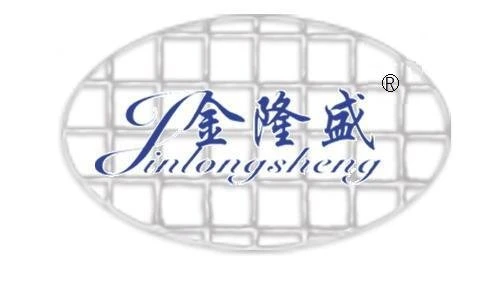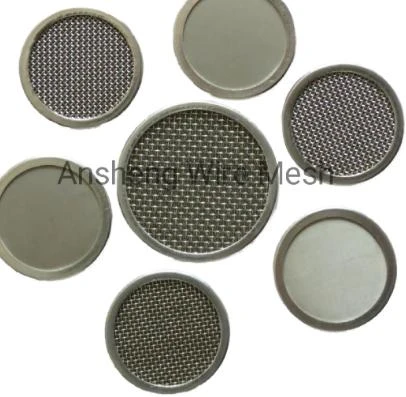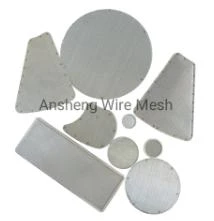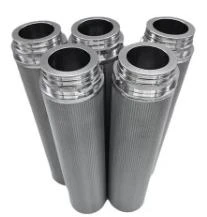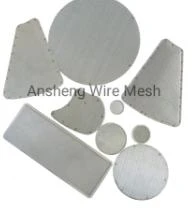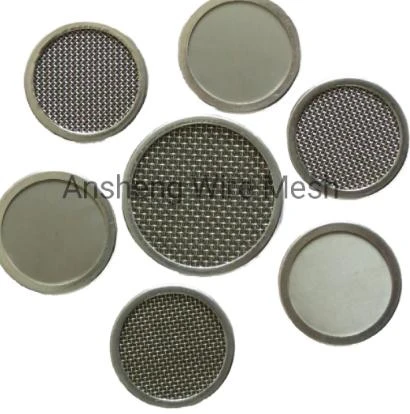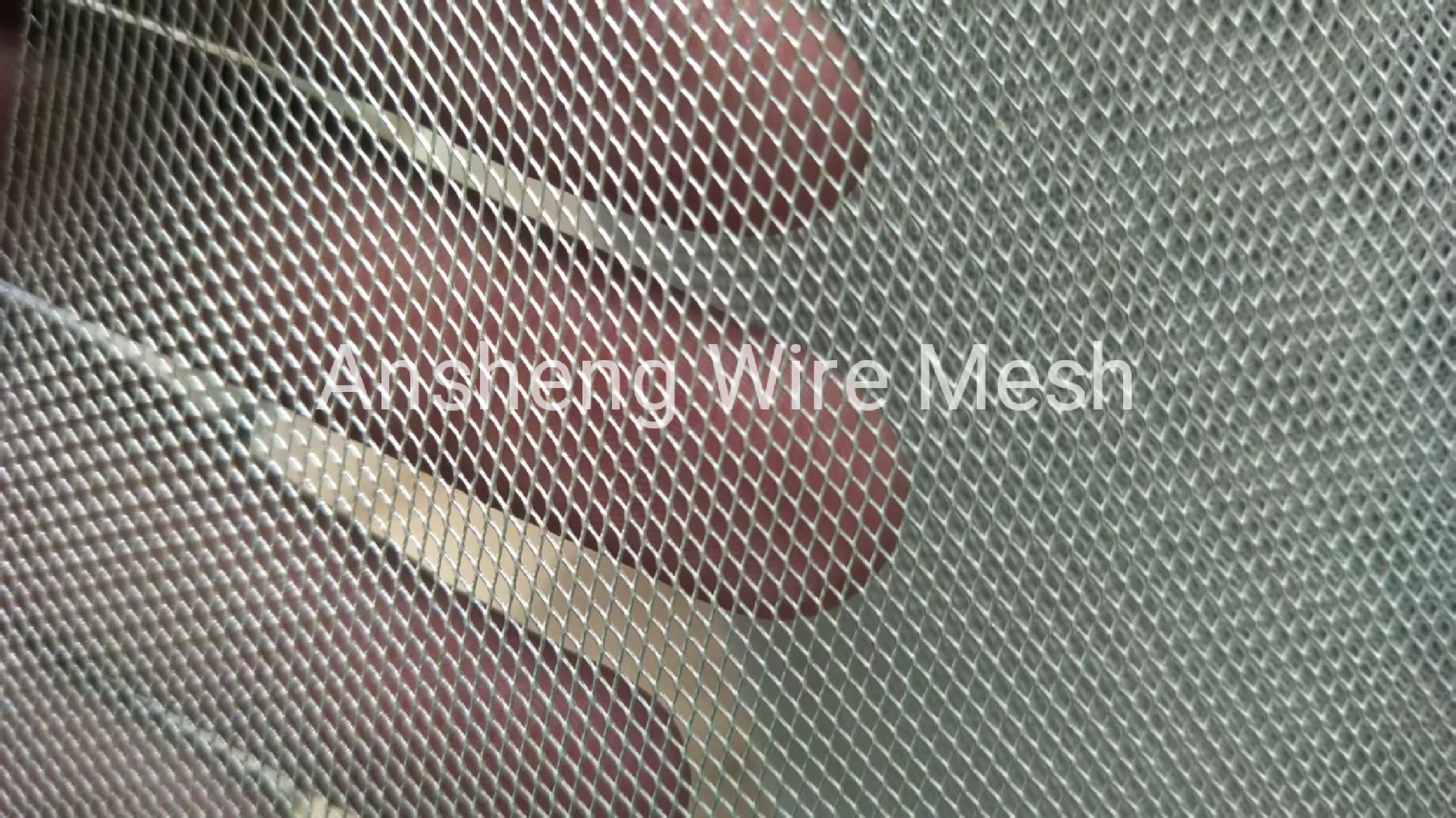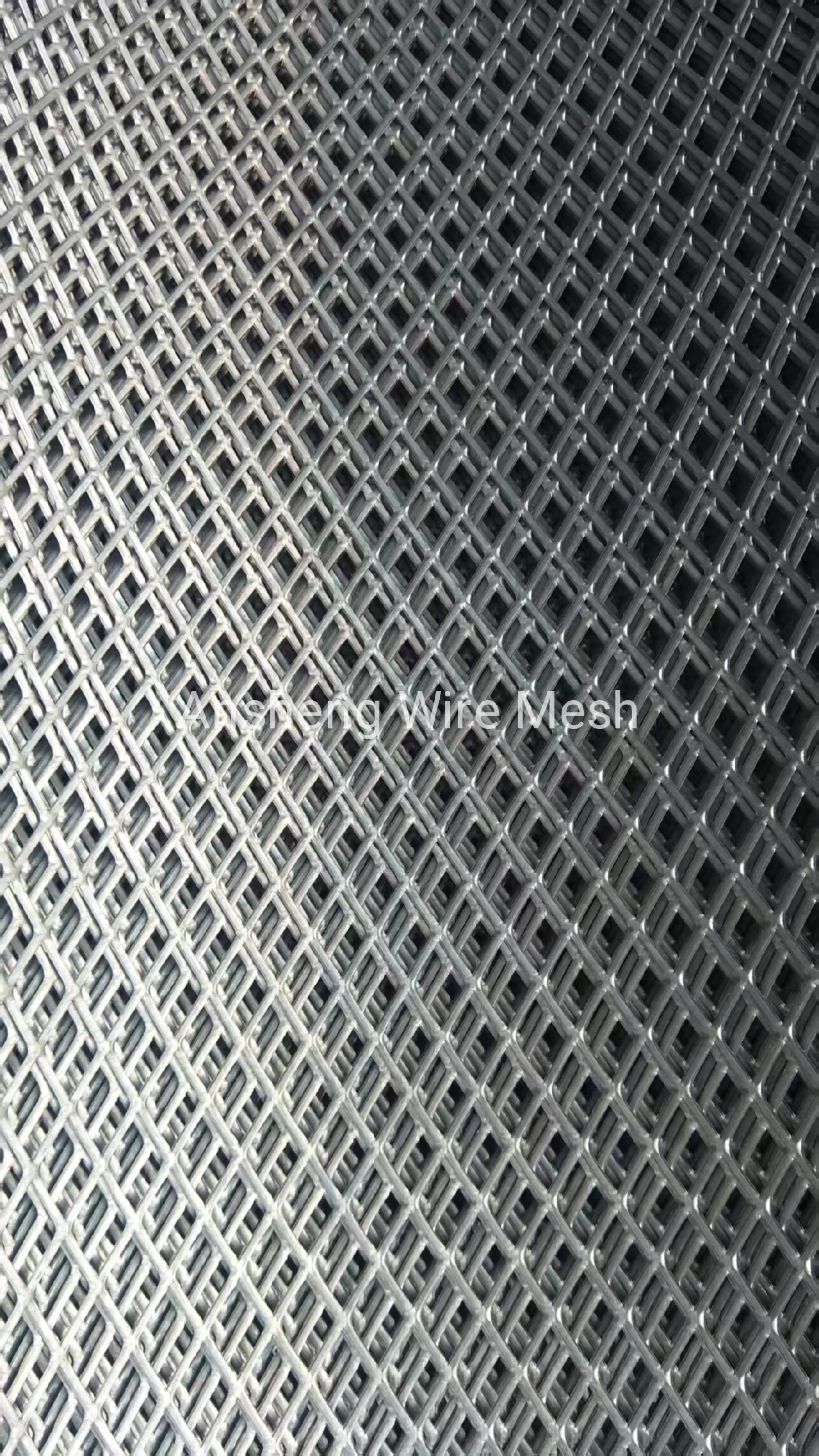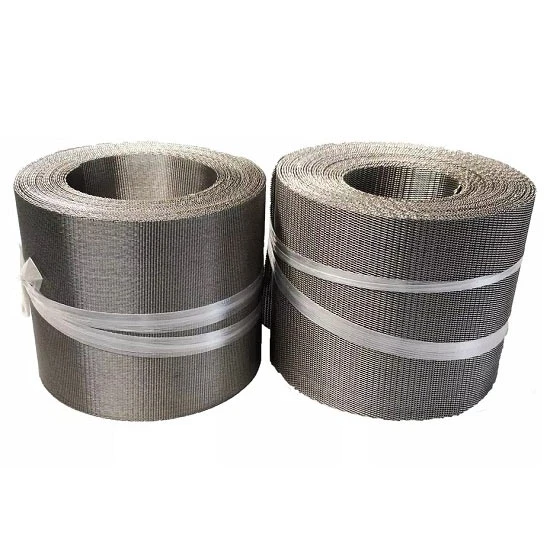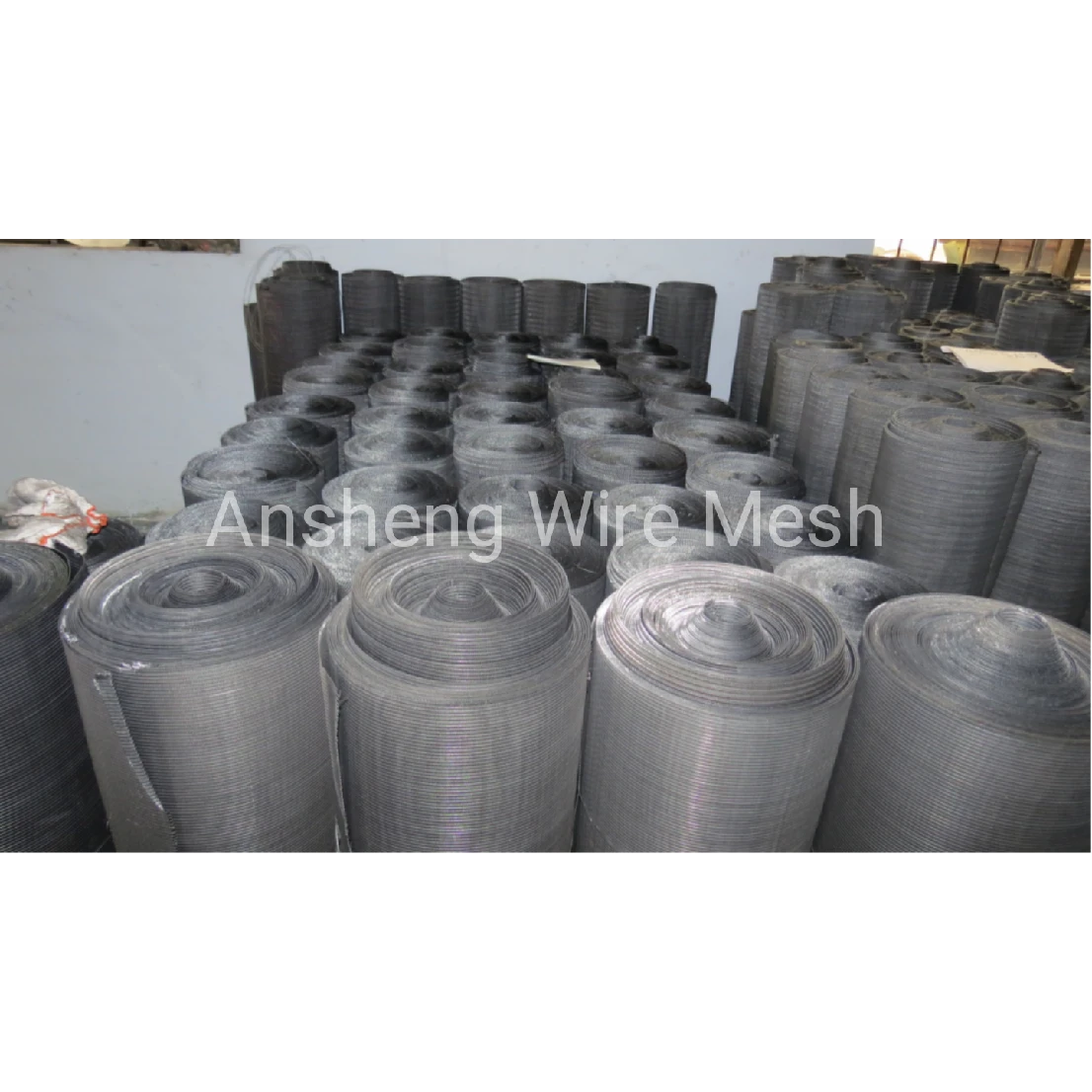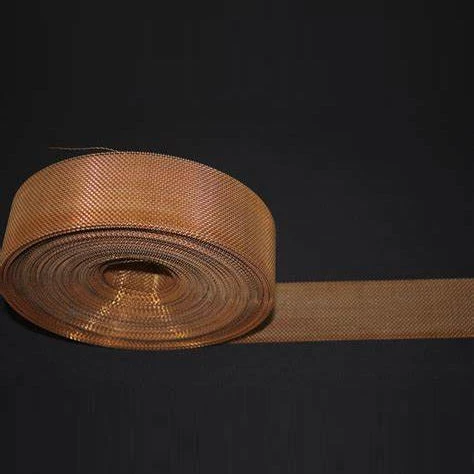In modern industrial applications, filtration plays a critical role in maintaining system performance and protecting valuable equipment. Choosing the right filter solutions can drastically improve operational efficiency, reduce maintenance downtime, and prolong the lifespan of machinery. Among the many filtration options, innovative components like the coalescing filter element and hydraulic filter element have become essential for fluid purification in demanding environments. Understanding how these components function and how to select the appropriate oil tank filter cartridge, oil filter elements, and sintered filter element can empower engineers and technicians to optimize their systems with confidence.
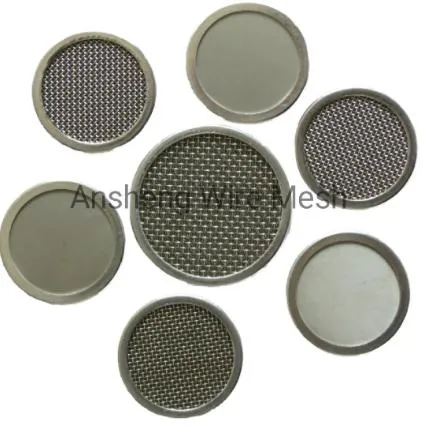
How a Coalescing Filter Element Enhances Fluid Purity
When dealing with compressed air or liquid filtration, the coalescing filter element is invaluable for its ability to remove fine water, oil aerosols, and solid particulates. Unlike basic filters that merely trap contaminants, coalescing elements work by merging tiny droplets into larger ones, facilitating efficient drainage from the system. This process is crucial in preventing corrosion, minimizing wear, and ensuring that downstream components receive clean, dry fluid. Industrial sectors such as automotive manufacturing, chemical processing, and food production heavily rely on the precise performance of coalescing filters to maintain product quality and equipment longevity.
Key Features of Reliable Coalescing Filter Elements
Coalescing filter elements typically use specialized microfiber or borosilicate glass fiber media that combine high filtration efficiency with low pressure drop. Their design ensures that even submicron particles and emulsified liquids are captured effectively. In addition to media composition, the structural integrity and compatibility with operating conditions like temperature and pressure dictate filter lifespan and maintenance intervals. Selecting a high-quality coalescing element ensures consistent performance and reduces unexpected downtime.
The Vital Role of Hydraulic Filter Elements in System Protection
Hydraulic systems demand exceptionally clean fluid to prevent contamination-related failures, making the hydraulic filter element a cornerstone component. These elements filter out dirt, metal particles, and other contaminants that could damage pumps, valves, and cylinders. Unlike standard filters, hydraulic filter elements are engineered for high pressure and flow rates, often constructed with wire mesh, cellulose, or synthetic fiber media designed to meet stringent ISO cleanliness standards.
Selecting the Right Hydraulic Filter Element
When choosing a hydraulic filter element, factors such as micron rating, flow capacity, and chemical compatibility are crucial. Proper filtration extends the life of hydraulic oil and minimizes maintenance costs. Advanced designs may incorporate multi-layer media to achieve staged filtration, balancing contaminant removal with optimal fluid flow. Regular monitoring and replacement based on condition rather than schedule help avoid costly repairs.
Enhancing Filtration Systems with the Oil Tank Filter Cartridge
The oil tank filter cartridge serves as a safeguard within oil reservoirs, preventing contaminants from entering storage tanks and circulation systems. These cartridges are essential in both new installations and retrofitting existing systems to enhance cleanliness levels. They protect pumps and engines by ensuring the oil used remains free of abrasive particles and sludge.
Benefits of Using Quality Oil Tank Filter Cartridges
High-grade oil tank filter cartridges provide reliable retention of particles and sludge, ensuring oil cleanliness meets manufacturer specifications. Their ease of installation and replacement makes routine maintenance less labor-intensive. Cartridges designed for specific oil types and viscosities optimize performance, reduce filter change frequency, and contribute to overall system reliability.
Understanding the Variety and Importance of Oil Filter Elements
The category of oil filter elements covers a wide spectrum of products used in automotive, industrial, and heavy machinery applications. These filters are designed to remove contaminants from engine oil, transmission fluids, and lubricants, preserving engine health and operational efficiency. Proper filtration reduces wear, prevents sludge formation, and improves fuel economy.
Oil Filter Elements That Meet Diverse Application Needs
From disposable cartridge filters to reusable spin-on units, oil filter elements come in multiple forms tailored to system requirements. Media types vary from cellulose to synthetic fibers, each providing different filtration efficiencies and service lifetimes. Matching oil filter elements with specific machinery and operational conditions ensures maximum protection and cost-effectiveness.
Advantages of Using a Sintered Filter Element in Harsh Environments
The sintered filter element is distinguished by its robust construction from sintered metal powders, which offer high mechanical strength and excellent temperature resistance. These filters are widely applied in hydraulic systems, fuel filtration, and gas purification processes where traditional filter media might fail.
Performance Characteristics of Sintered Filter Elements
Due to their porous metallic structure, sintered filter elements combine durability with superior filtration accuracy. They can be cleaned and reused multiple times, making them environmentally friendly and economical over the long term. Their resistance to corrosion and deformation under extreme pressures makes them indispensable in heavy-duty industrial settings.
Filter Elements FAQs
Q1: How often should coalescing filter elements be replaced?
The replacement frequency depends on operating conditions and contaminant load but typically ranges from six months to one year. Monitoring differential pressure across the element helps determine the optimal replacement time.
Q2: Can hydraulic filter elements handle all types of hydraulic fluids?
Most hydraulic filter elements are compatible with a wide range of fluids, but it’s essential to verify chemical compatibility, especially with synthetic or biodegradable oils.
Q3: What benefits do oil tank filter cartridges provide compared to standard tank filtration?
Oil tank filter cartridges offer finer particle retention and prevent sludge accumulation, improving oil quality and reducing wear on system components.
Q4: Are sintered filter elements reusable?
Yes, sintered filter elements can be cleaned through backflushing or ultrasonic cleaning, allowing multiple reuse cycles without losing filtration efficiency.
Q5: How to select the right micron rating for oil filter elements?
Micron rating selection depends on the contamination level tolerated by the machinery and the cleanliness standards required. Consult equipment manuals and filtration experts to determine the appropriate rating.
Post time: Aug . 18, 2025 09:40
